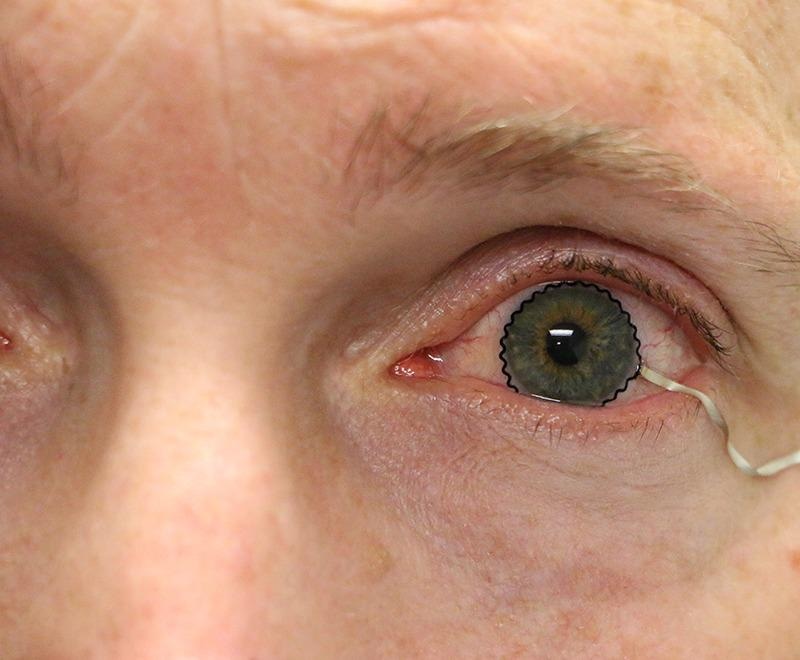Mar 11 2021
A new contact lens technology that can enable diagnosis and monitoring of medical conditions could soon be available for clinical trials.
 New contact lens technology to help diagnose and monitor medical conditions may soon be ready for clinical trials. Image Credit: Pete Kollbaum.
New contact lens technology to help diagnose and monitor medical conditions may soon be ready for clinical trials. Image Credit: Pete Kollbaum.
A research group from Purdue University collaborated with chemical, mechanical and biomedical engineers, together with clinicians, to create the novel technology.
The researchers facilitated commercial soft contact lenses to be used as a bioinstrumentation tool for unobtrusive tracking of clinically significant data linked to underlying ocular health conditions.
The study findings have been published in the Nature Communications journal. The Purdue Research Foundation Office of Technology Commercialization assisted in securing a patent for the technology, and it is ready for licensing.
This technology will be greatly beneficial to the painless diagnosis or early detection of many ocular diseases including glaucoma. Since the first conceptual invention by Leonardo da Vinci, there has been a great desire to utilize contact lenses for eye-wearable biomedical platforms.
Chi Hwan Lee, Leslie A. Geddes Assistant Professor of Biomedical Engineering and Assistant Professor of Mechanical Engineering, Purdue University
Lee is the head of the development team. Previously, sensors or other electronics could not be utilized for commercial soft contact lenses since the fabrication technology necessitated a stiff, planar surface that was not compatible with the soft and curved shape of a contact lens.
The researchers have set the stage for a special technique that allows the smooth integration of stretchable, ultrathin biosensors with commercial soft contact lenses through wet adhesive bonding.
The biosensors fixed on the soft contact lenses register electrophysiological retinal activity from the corneal surface of human eyes, without requiring topical anesthesia that has been necessary for existing clinical settings for pain management and safety.
This technology will allow doctors and scientists to better understand spontaneous retinal activity with significantly improved accuracy, reliability and user comfort.
Pete Kollbaum, Director of Borish Center for Ophthalmic Research and Associate Professor of Optometry, Indiana University
Kollbaum has been heading clinical trials. The other members involved in the study include Bryan Boudouris, a professor of chemical engineering from Purdue and Baoxing Xu, an associate professor of mechanical and aerospace engineering from the University of Virginia.
This study was financially supported by the National Science Foundation (NSF CMMI-1928784 & 1928788) and the Air Force Office of Scientific Research (AFOSR FA9550-19-1-0271).
Journal Reference:
Kim, K., et al. (2021) All-printed stretchable corneal sensor on soft contact lenses for noninvasive and painless ocular electrodiagnosis. Nature Communications. doi.org/10.1038/s41467-021-21916-8.